Someone recently asked me how to scale a children’s sweater pattern for an adult sweater. The largest size in the children’s directions was a size 4. The pattern was a sideways knit, starting at the left cuff and knitting across the back/front and finishing on the right sleeve. The pattern calls for size 8 needle.
As shown in the standard size charts on the Craft & Yarn Council site, the proportions are quite different for children’s sweaters and adult sweaters.
You can compare a size 4 to a Women’s size small by dividing each of the Child’s measurements by the corresponding Women’s measurement. The Child’s Size 4 Chest, Centre Back, Cross Back, Armhole Depth and Hips are 65% to 68% of the Women’s Measurement, but the Back to Waist Measurement is 56%, Upper Arm is 73%, Sleeve Length is 62% and the Waist is 80% of the Women’s Size.
If the sweater construction shape is very simple, and you can readily determine, from the number of stitches and rows in the pattern, what the measurements at each of these points will be, I would go ahead and scale up the size 4.
You can scale up by staying with the recommended yarn and then changing the number of stitches (and rows), or by using a yarn with different gauge but, for the most part, staying with the recommended stitches in the pattern.
gauge matters
Before you can scale up a pattern, you have to make sure your gauge is accurate for the yarn selected. A US size 8 needle (5.0 mm) likely corresponds to a Worsted Weight Yarn or Aran Weight Yarn, with a gauge of 18 stitches and 24 rows per 4 inches (10 cm). As all measurements will be impacted if this is not correct, it’s very important to check this before you proceed.
changing the number of stitches
I’ll assume a Women’s Size Small, and starting at the left wrist, calculate the number of stitches to cast on by dividing the size 4 by .67, or multiplying by 1.5. Repeat this for every stage where the number of stitches changes, until 1.5 x the total number of stitches to increase is reached. Validate that the total number of rows worked to achieve these stitches corresponds to the number of rows required to give you the women’s sleeve length that you require. If it doesn’t, add or subtract rows spaced between your increases to achieve the length you desire. The upper arm width and sleeve length both fell out of range of our .67 ratio (one is .73 and the other was .63) so you may have to further adjust total stitches and rows to meet these ratios.
Now double check that the sleeve will be the width and length that you need it to be, calculate using the total stitches and rows, along with your gauge, and comparing them to the size charts above. For example, if your required sleeve length is 17 inches (43 cm), then your total rows should be 17 inches / 4 inches of gauge swatch * 24 rows / gauge swatch = 102 rows. If your required width is 2 x armhole depth, then your total stitches should be greater than 2 x 7 inches / 4 inches * 18 stitches / gauge swatch = 153 stitches. These can fluctuate within 5 or so stitches or rows to work within your pattern.
Normally, for a sweater that is knit top down or from the bottom up, the number of stitches corresponds to the width and the number of rows to the length. For a sweater that is knit side to side, this is reversed for the body of the sweater (but not for the arms), so the number of stitches now corresponds to your length measurements.
For the body in this pattern, you likely cast on stitches on each side of the sleeve to grow to the total body length required. The Back to Waist Measurement for a Child is 56% of that for a women so you need to alter the stitches to cast on in the size 4, either dividing by .56 or multiplying by 1.8. For a sweater knit side to side, there is likely not any shaping for the waist, so we’ll ignore the .8 ratio for the child’s to women’s measurements. Therefore, this is the last adjustment that is outside of our ‘normal’ ratio of 0.67, and from this point forward, adjust any increases, decreases and total number of rows worked, for the sweater body, by multiplying them by 1.5. Once again, validate these changes against the size charts. The right sleeve would be then worked in reverse of the left sleeve.
All finishing steps for the sweater must also be adjusted. If you cast on for a button band or neckline, this should also be multiplied by 1.5 or 1.8, depending on where the finishing occurs.
changing the yarn
A potentially simpler method, you could also adjust the pattern by choosing a chunkier yarn or doubling the recommended yarn and changing the needles. For example, a Worsted Weight Yarn, held double, can produce the gauge of a Bulky Yarn at 12 stitches per inch on US 10.5 (7.0 mm) needles. Therefore, the total number of stitches for the size 4 would produce a 1.5 times larger sweater. You will still have to work through the measurement validations in the above steps, to make adjustments to total stitches and rows for all stages of your sweater. Pay particular attention to the sections that fall outside of our ratio range, sleeve length, upper arm, back to waist length and waist.
yarn requirements
For either method, you will require more yarn. Even though you are only sizing up stitches and rows by a factor of 1.5, each of these is linear, and the area of the sweater is increasing, by this number squared, or 2.25. This can be validated because doubling the yarn produces 1.5 times the gauge swatch (but has used at least twice the yarn). So, if the sweater originally required 3 balls of Worsted Weight Yarn for the size 4, I would purchase 7 balls for the adult version.
The same is true for the second method, however, you would calculate the total yardage required originally, for example 3 balls x 198 yards / ball = 594 yards and multiply by 2.25 = 1336.5 of Worsted Weight Yarn, or 1336.5 yards / 197 yards per ball, 7 balls, held double. If you chose to use a Bulky Weight Yarn , instead of doubling a Worsted Weight Yarn, you would then divide this by the yardage in one ball of Worsted Weight Yarn over one ball of Bulky Weight Yarn in the same weight, or 1336.5 yards * 98 yards / 197 yards = 665 yards required of Bulky Weight Yarn, which rounds up to 7 balls of Bulky Weight Yarn.
further reference
Ann Budd’s book, The Knitter’s Handy Book of Patterns: Basic Designs in Multiple Sizes & Gauges comes highly recommended as a reference for these types of knitting challenges.
Hope this helps!
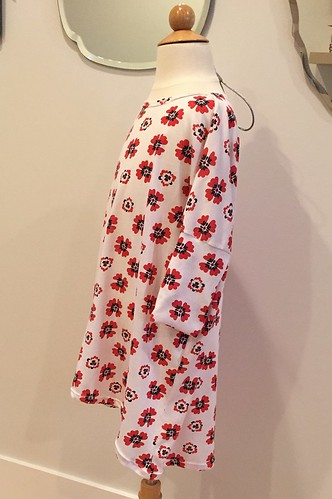
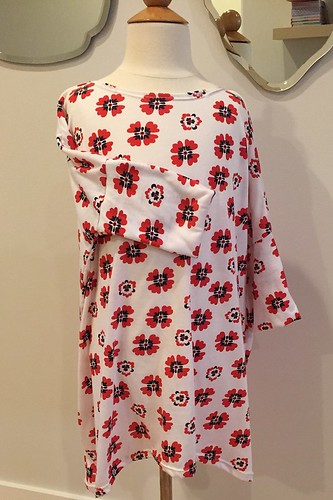

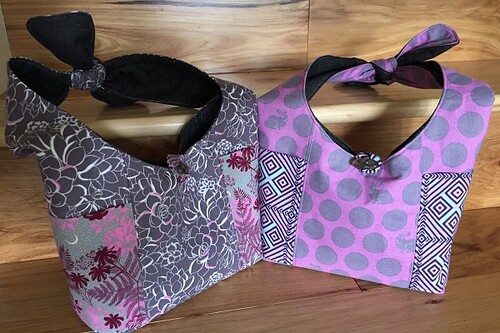



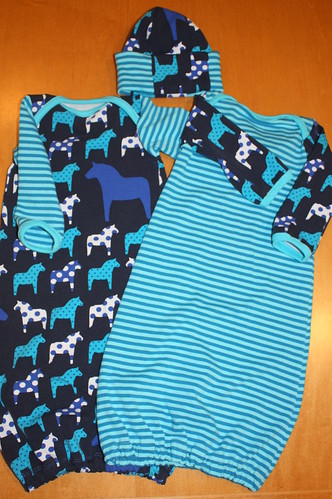


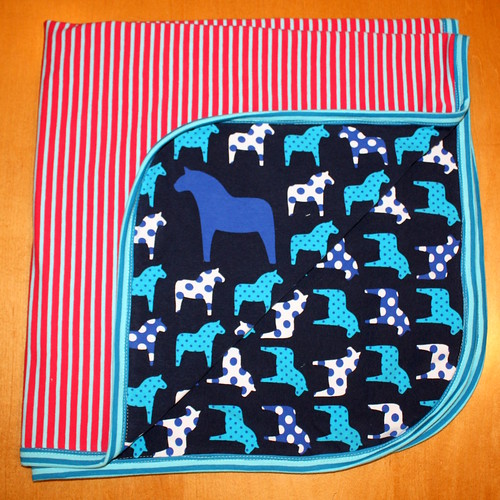



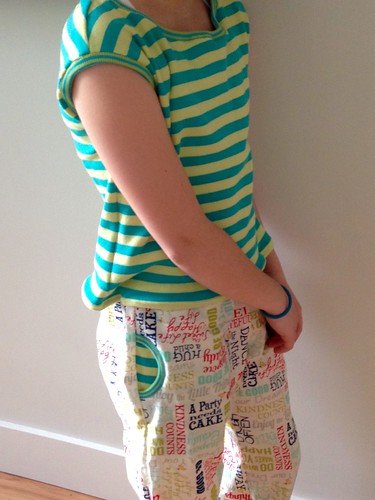


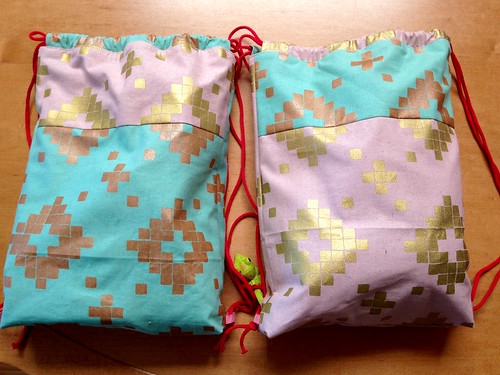








{ 0 comments… add one now }
You must log in to post a comment.